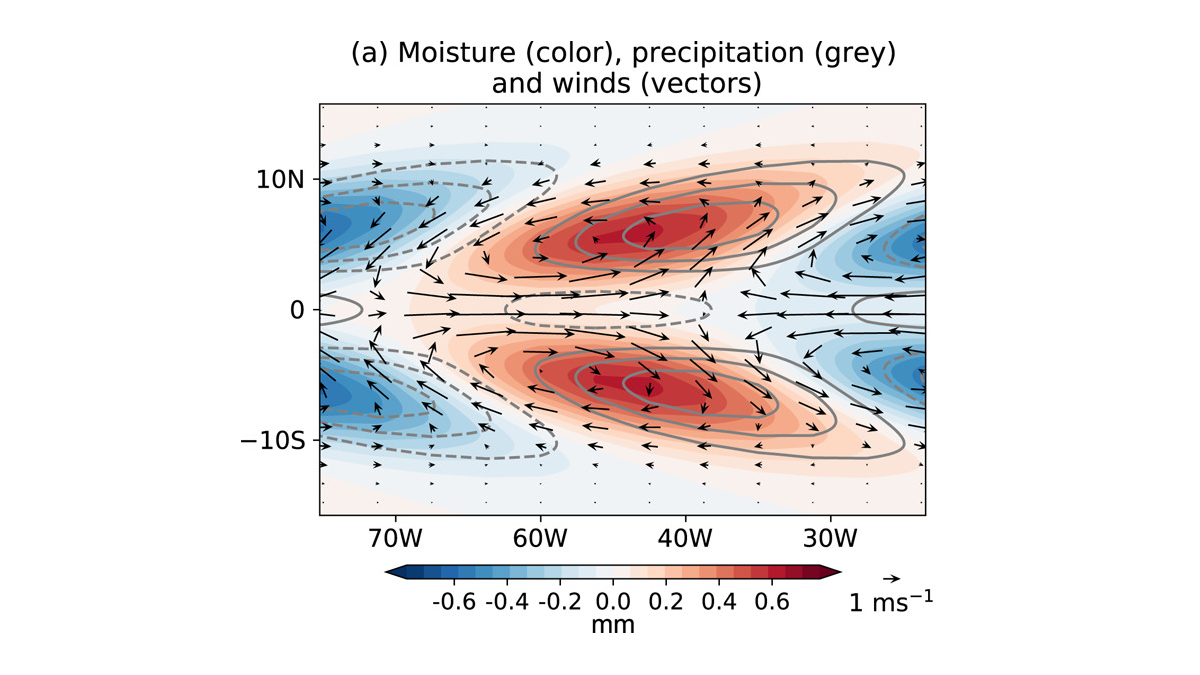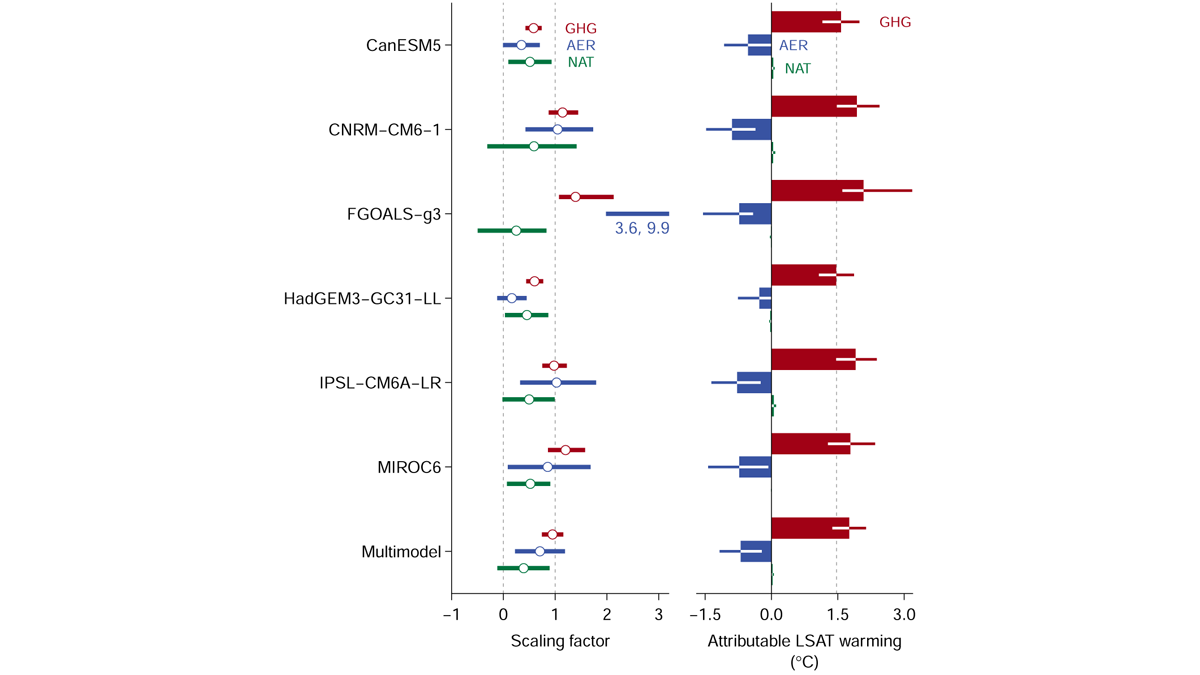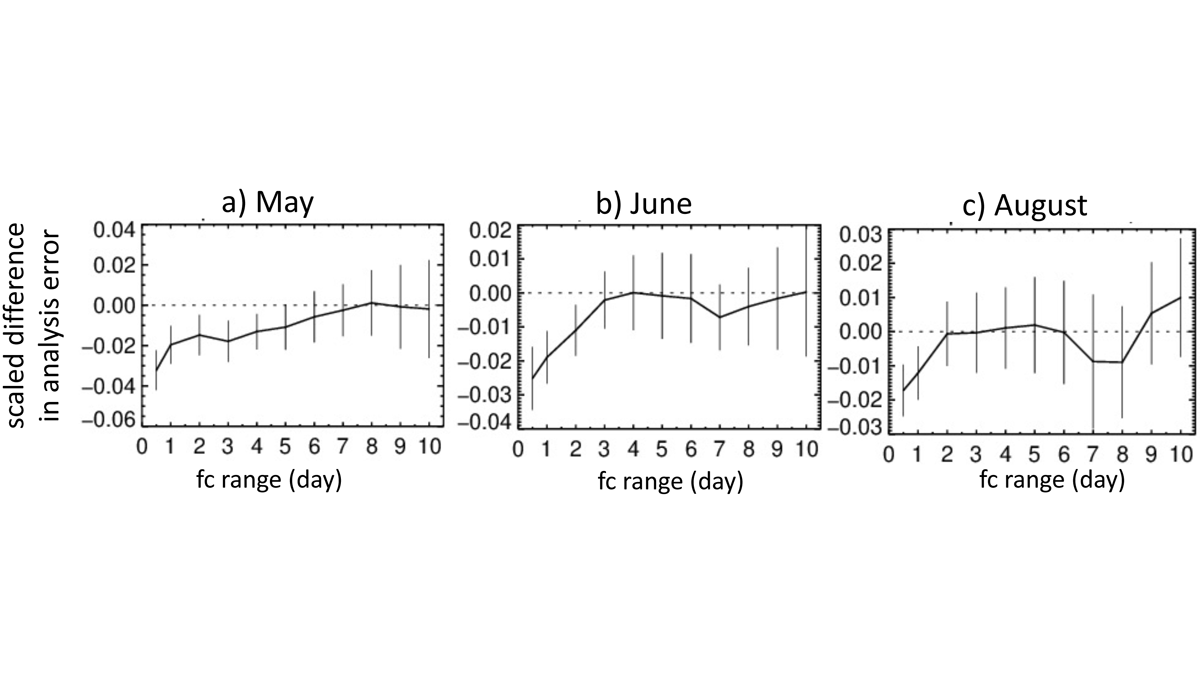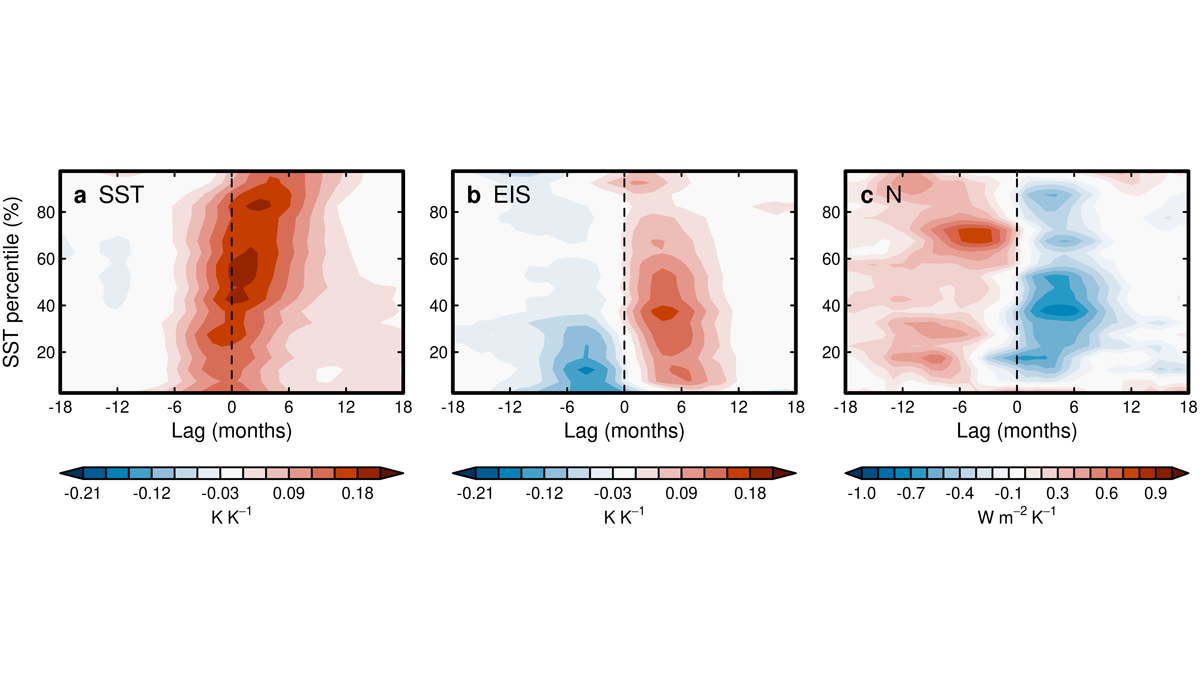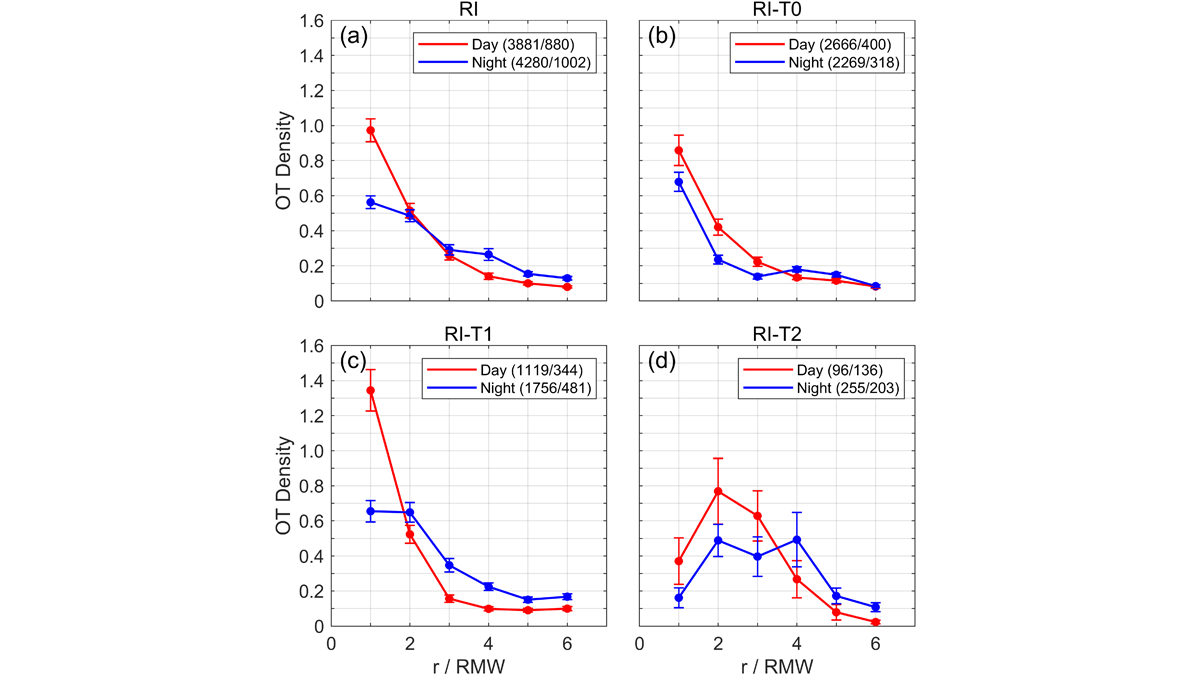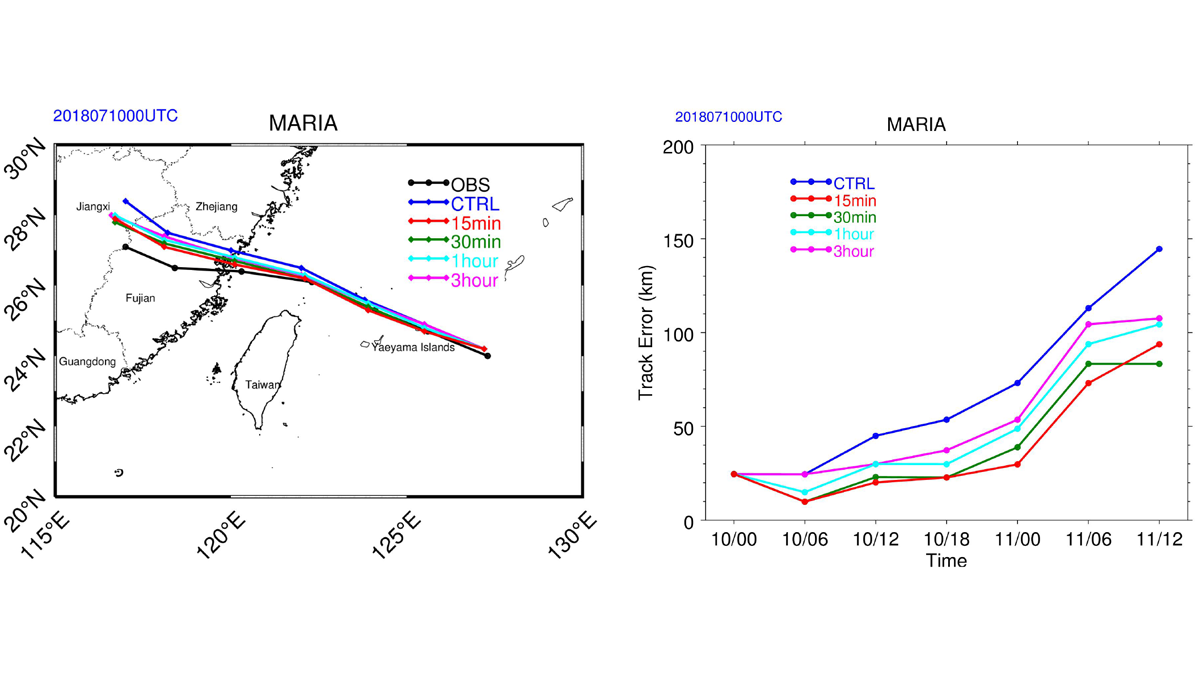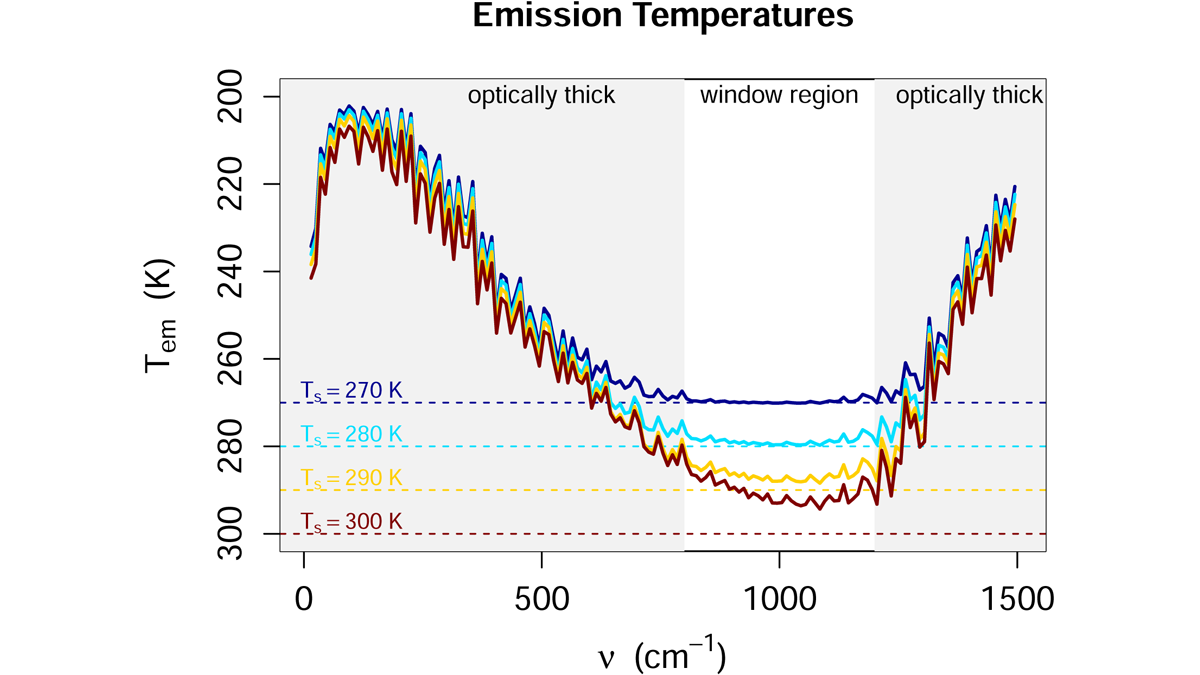The differences between future and present subseasonal predictability in the Northern Hemisphere provided by the tropics are evaluated using neural networks.
Suzana Camargo
Editor, Geophysical Research Letters
Landfalling Hurricanes Intensify Due to Coastal Downwelling
Hurricane winds can lead to coast downwelling, which brings warmer surface water near the coast and can contribute to the intensification of the landfalling hurricane.
New Western Hemisphere Moisture Mode
A new study presents the first evidence of the existence of an intraseasonal westward-propagating moisture mode over the Western Hemisphere.
Framework for Fingerprinting Human Influence on Climate
An optimal approach for detection and attribution studies using the CMIP6 Detection and Attribution Model Intercomparison Project (DAMIP).
Impact of Assimilating Aeolus Winds on Kelvin Waves
Assimilation of Aeolus winds in the ECMWF analyses and forecasts improves the Kelvin Waves representation and forecasts in the tropical tropopause layer.
El Niño-Southern Oscillation and Radiation Two-Way Coupling
Changes in sea surface temperature during ENSO events and radiation are related, suggesting a two-way coupling between sea surface temperature and radiation in coupled climate variability.
Clouds Overshooting Tops and Typhoon Intensity
An examination of the relationship between the diurnal variation of cloud overshooting tops density and typhoon intensity in 45 typhoons, using the Himawari-8 Satellite.
Impact of Geostationary Sounder on Typhoon Forecasts
An analysis of the impact of targeted observations from the Geostationary Interferometric Infrared Sounder at high-temporal resolution on forecasts for Typhoon Maria in 2018.
Simpson’s Law Role and Water Vapor Feedbacks
The choice of a fixed relative humidity leads to a simpler picture of climate feedbacks than fixing absolute humidity.
Tropical Cyclone Induced Increase in Ocean Primary Production
A positive trend in tropical cyclone induced ocean mixing and primary production is compensating the overall decline in global primary production due to anthropogenic climate change.



